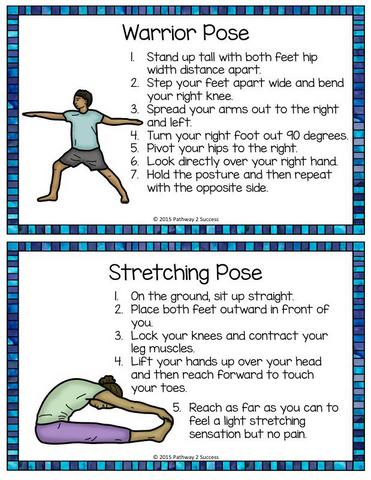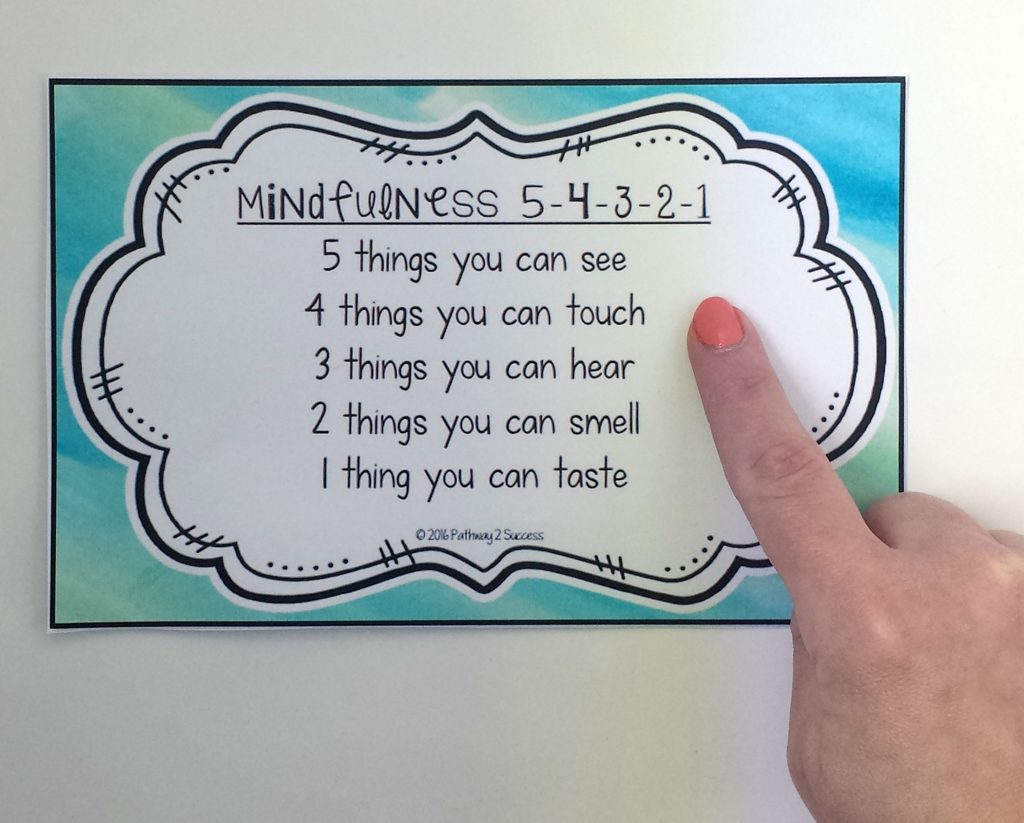The Uncomfortable Truth and 5 Must-Have Habits for Every New Teacher
By: Graham Dixon
The last few days before your first ever class were probably a pretty anxious time.
I’m sure there was excitement, too, and hopefully the sense that this was a very worthwhile challenge. I’ve coached many new teachers through this often awkward period in their professionals lives, and over the years, four vital skills areas have stood out. I’d like to call them: Student-Centeredness, Awareness, Professionalism and Techniques.
Learning to teach well takes time, of course, but most of all it takes practice.
Learning to teach well takes time, of course, but most of all it takes practice. In my sessions with the trainees, I wanted to use their practice lessons to review some fundamentals, and put theories to the test in a genuine classroom context. By rooting my advice in the basic philosophy of teaching, I could continuously draw the students’ attention to the central planks of our professional mindset:
5 Good Habits for New Teachers
1
Student-Centeredness: A Guiding Philosophy
There’s an awful lot to learn during a CELTA course, or a PGCE course at a British university, and even more if you’re an undergraduate student of education. But if my trainees can leave with this guiding principle installed, I tend to believe that they’ll find out the rest on their own. I never stop referring to student-centeredness; it crops up in discussions and feedback, and aspects of it are used to decorate my classroom walls on posters or drawings, just to remind everyone to keep the student at the center of everything.
Too many teachers regard their students as an obstacle of some sort, and I believe it’s important to bring humanism, compassion and empathy to the teaching and learning processes.
Student-Centered learning is proving both superior to its forebears, and a far more enjoyable teaching and learning experience. To really drive this idea home, I remind trainees to see their students as individuals who are tackling an objective, rather than as merely the recipients of today’s lesson. Too many teachers regard their students as an obstacle of some sort, and I believe it’s important to bring humanism, compassion and empathy to the teaching and learning processes.
This one notion permeates all of our training sessions. It is exactly why I insist that my trainees ask their students lots of questions, and genuinely check the understanding of new material. It is why I urge the use of more enlightened, thoughtful discipline measures, and condemn the use of homework as a punishment. It is also why I insist that my trainees are thoroughly rehearsed and prepared.
2
Awareness of Your Students
After practice teaching sessions, I discuss the lesson with my trainee while watching a video of the class. This is always a slightly uncomfortable experience for a new teacher, but it’s so useful that I wouldn’t do without it. One way of using the video is to pause the recording every few minutes and ask, “What’s happening in your classroom?”
We use these moments to remind trainees that they need to be aware of what’s happening on every desk, and in every conversation.
A quick survey is revealing. It might be that not everyone is paying attention when they should; perhaps some are doodling or otherwise looking bored. Others are engaged, but they’re rather monopolizing the teacher’s time, while on the other side of the classroom, another group has wandered off topic.
We use these moments of 20/20 hindsight to remind trainees that they need to be aware of what’s happening on every desk, and in every conversation, for as much of the class as possible. It’s a skill which develops steadily as teachers gain experience, but those initial reminders, however uncomfortable, work wonders. Reflecting on one’s own teaching in this way helps develop a ‘radar’ for the classroom environment, and eventually it becomes second nature.
3
Awareness of Yourself
This is where things can get really uncomfortable. No one likes to be criticized, and so in this particular area, I’m always careful to phrase my feedback as positively as possible (‘Feel free to move away from your desk for a while’) rather than as a prohibition (‘Don’t just sit there while your students are doing whatever they want, ten meters away).
Watching their own teaching, my trainees almost invariably find that they speak too quickly, too much, or at a level which is too advanced for their students. This is entirely natural, but the process of correcting these traits needs to begin immediately. Have your students consider the ‘Interaction Patterns’ of the class and adjust their class structure so that most of their presentation is completed near the beginning, when the students’ attention span and energy levels are at their most conducive.
Also, I have my students practice multiple ways of explaining the class content, whatever it might be. This is best exemplified by a modified version of the game ‘Taboo’, where the player must elicit a word from the audience without using a set of other words – often those most related to the target word. I use this game a lot, because it teaches my trainees to avoid using new words to teach new words, and practices a little lateral thinking when it comes to expressing the day’s content.
4
Professionalism
For some teachers, going to work each day is little more than a means of paying the rent. I understand this view entirely, and began in much the same way, but after twenty years as a classroom teacher, my professional attitude has developed significantly. I view the teaching profession as on a par with medicine, law and the military as a (potentially) multi-decade career choice which grows from ‘vocation’ to ‘profession’, and eventually to a ‘lifestyle’. Some teachers end up truly living and breathing their work, undertaking a ceaseless search for new methods or techniques, and talking about little else all day (probably to the growing irritation of their partners). They’re the backbone of global teaching, and deserve our thanks and praise.
But for new teachers, none of these developments will make a lot of sense. I’ve had trainees tell me, “I just want to have fun in the classroom, help the students out, get my paycheck and go home.” What right do we have, I remember thinking, to expect lifelong devotion from a trainee in the third week of their training course? This isn’t the Jedi order, after all; it’s just CELTA.
Of course. But little techniques and reminders will yield huge dividends:
Thorough, conscientious lesson planning
An open attitude to feedback and professional development
Careful paperwork, records and attendance
Good humor, a willingness to laugh at oneself (including when the teacher has made a mistake), and a ready smile
A genuine interest in language: how it works, why it changes, and how to express and explain it concisely.
My trainees know all about these precepts, and I bring one or more of them into every feedback session and training session.
Good preparedness is part of a contract I believe all teachers enter into. Their students have agreed to study; we must then respond to their endeavor and willingness by preparing very thoroughly for the class. The sense that both teachers and students are working hard for each other is a priceless and hard-won aspect of the most successful classroom environments.
And so, after ten days of being constantly asked, “Show me your plan,” my students tend to relent and agree to carefully plan every lesson they teach. The positive effects are hard to overstate.
5
Techniques That Work
It’s best if our trainees finish the course with a small but useful armory of tried-and-tested teaching techniques. From this initial basis, they can branch out, research, experiment, observe others, and build up their own repository of methods, materials, plans and examples. The basic package, for me, includes:
A reflective, honest method of self-evaluation; a readiness to record themselves (preferably both audio and video)
A willingness to ask for help, and to be observed
The habit of counting how many questions they ask, and a resolution to ask more in each class
Systems for ensuring student equality, randomizing question patterns, giving suitable praise and monitoring activities.
We can’t hope to equip our trainees with everything they’ll need in professional life, but we can instill a guiding philosophy of honesty, preparedness and openness.
Our trainees will make plenty of mistakes in their first years – we did too – and each should be regarded as a learning opportunity, and certainty not as a reason to give up and leave the challenge of teaching to someone else. A good plan, well-prepared materials and explanations, and a sense of humor will see ours students through most of the initial challenges. After that, they’ll be in a position to build their own professional competence, and to begin to excel in the classroom.





